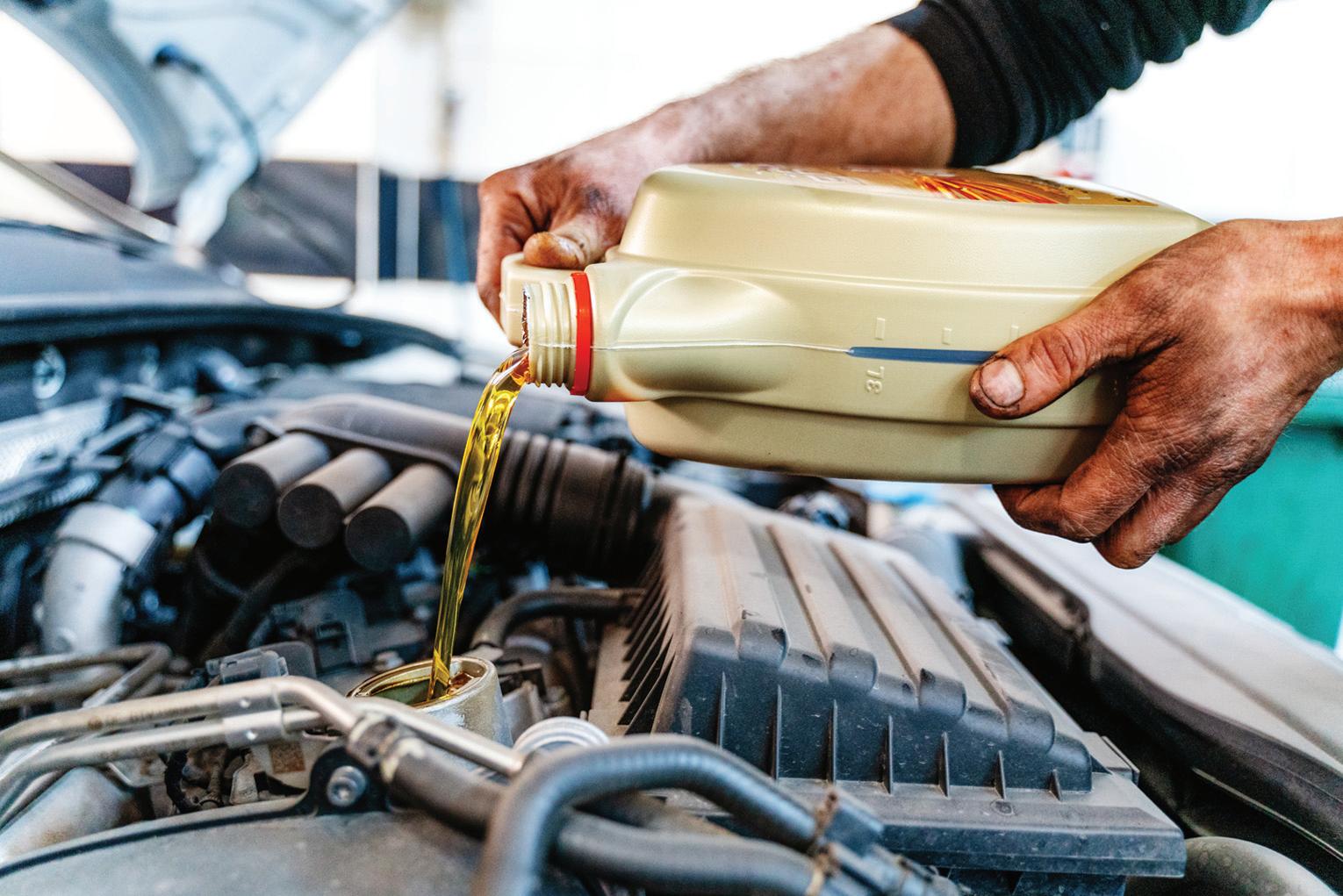
1 minute read
3 simple maintenance strategies that can keep cars running longer
The last few years have not proven the most advantageous times for new car buyers. According to the Consumer Price Index Summary from the United States Bureau of Labor Statistics, buyers paid 12.2 percent more for new vehicles in January 2022 than they had in January 2021. Faced with such a significant increase in price, many drivers understandably want to keep their current cars longer than they might have initially planned.


Data released by S&P Global Mobility in early 2022 indicated that the average vehicle on the road is 12 years and two months old, which marked the highest number in the 20-plus years such information was tracked. A host of variables affect how long drivers keep their cars, but the rising cost of new vehicles has undoubtedly compelled many drivers to aspire to keep their cars for longer periods of time.
Aging cars may require a little more TLC than vehicles that are right off the dealership lot. But the following are three simple tips that can help drivers keep their cars running longer.
1. Become a more careful driver. A careful approach when behind the wheel is safer than aggressive driving and beneficial for your vehicle. When starting, avoid revving the engine, which needlessly wears it down. When out on the road, avoid rapid accelerations, which also contributes to needless wear and tear. Even excessive idling can adversely affect the engine, so keep winter warm-ups to around 30 seconds to prevent damage to engine components.
is busily filling the tanks. That’s traditionally been considered a less than ideal time to fill up, as the theory is that filling the tanks stirs up sediment that could then find its way into consumers’ gas tanks, adversely affecting their vehicles. However, that’s often dependent on the station itself and how much its owners prioritize maintenance of the tank and filtration systems. Drivers who trust their local station owners can likely fill up when filling up. The U.S. Environmental Protection Agency notes that topping off is harmful to the planet and the vehicle, as gasoline needs room to expand. When you top off, the extra gas may damage the vapor collection system and cause the vehicle to run less efficiently.
3. Change oil more frequently as the vehicle ages. It’s true that modern vehicles no longer require oil changes for every 3,000 miles driven.

However, as vehicles age, drivers and t from more frequent oil changes than the owner’s manual necessarily recommends. Oil changes remove dirt and metal particles from the engine, potentially contributing to a longer life expectancy. More frequent changes can be especially beneficial for vehicles that are routinely driven in stop-and-go traffic.
Rising vehicle costs have compelled many drivers to keep their cars longer than they initially planned. Some simple strategies can help drivers achieve that goal.









